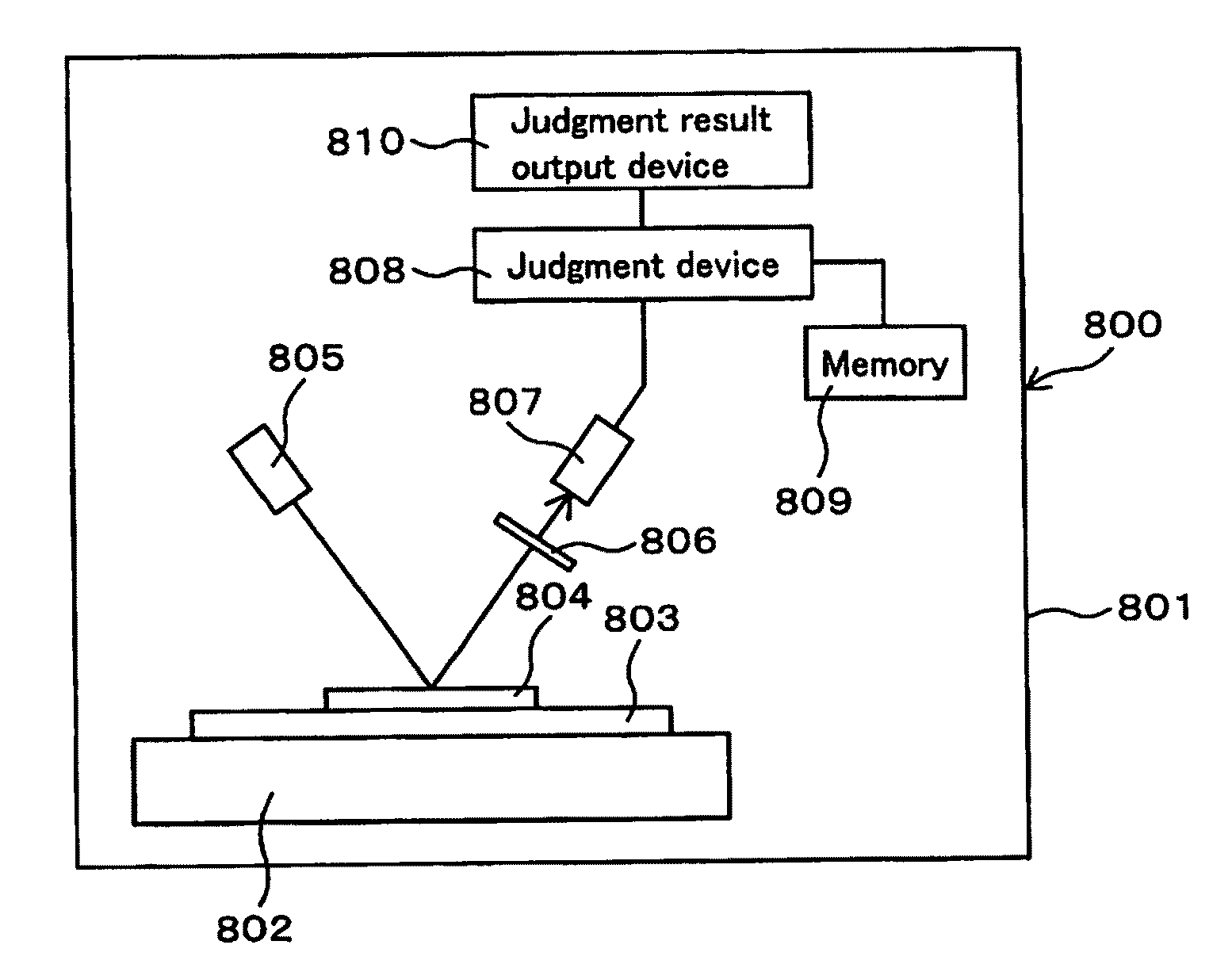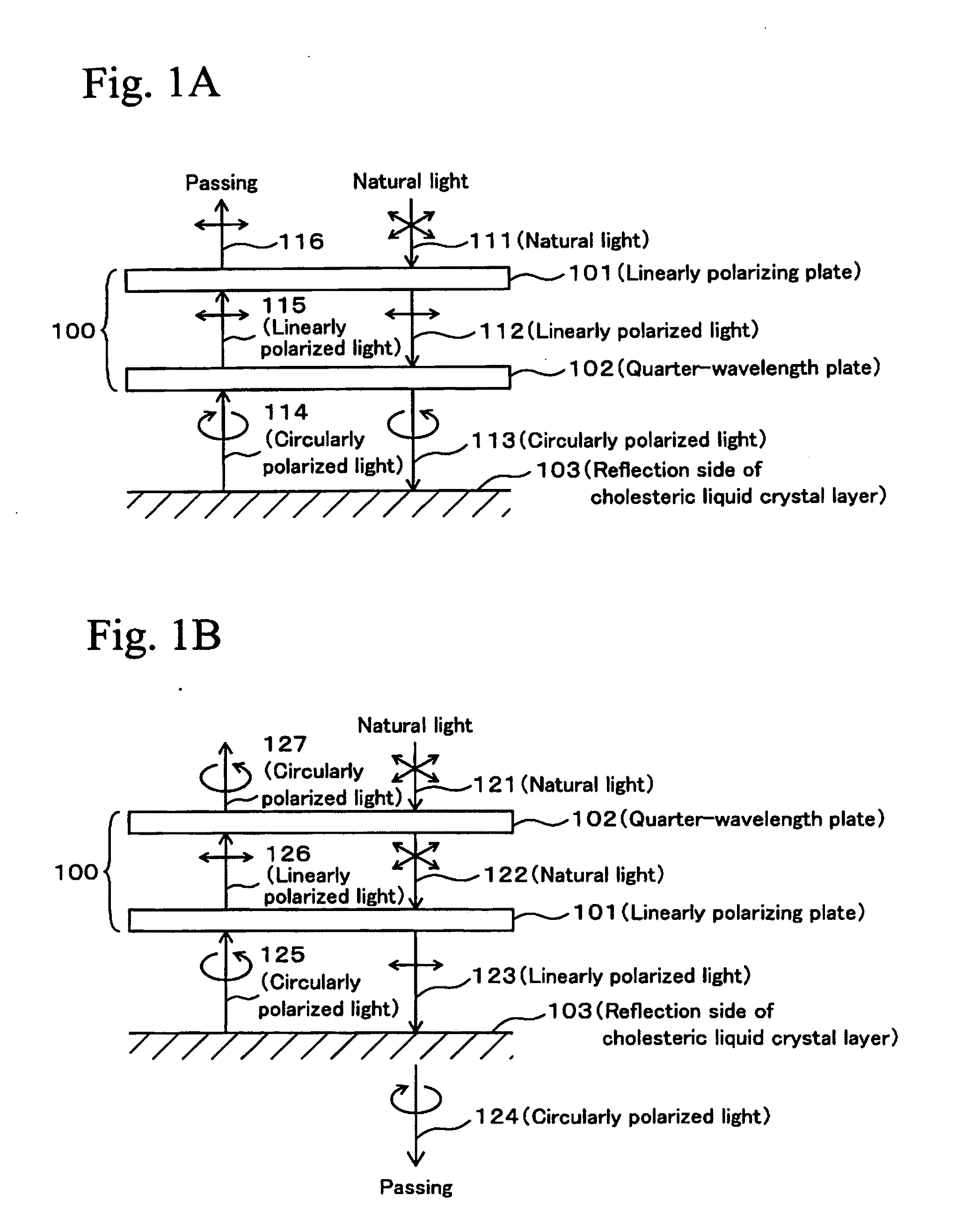Identification medium, identification method, and identification apparatus
a technology of identification medium and identification method, applied in the direction of identification means, programme control, instruments, etc., can solve the problems of difficult judgment of authenticity by appearance, insufficient anti-counterfeiting effect, and insufficient anti-counterfeiting ability, so as to achieve easy and reliable identification and superior anti-counterfeiting ability.
- Summary
- Abstract
- Description
- Claims
- Application Information
AI Technical Summary
Benefits of technology
Problems solved by technology
Method used
Image
Examples
first embodiment
1. First Embodiment
1-1. Composition of Embodiment
[0065]FIG. 3 is a sectional view showing a schematic structure of the identification medium of the present invention. FIG. 3 shows an (unused) identification medium 300 that is not affixed on an article. The identification medium 300 has a structure in which an adhesive layer 302 is provided at the inside (adhesive side) of a hologram layer 303 and in which an aluminum deposited layer 304 is provided at the outside (observed side) thereof. The adhesive layer 302 is composed of an adhesive material, and it is used for fixing the identification medium 300 on the article to be identified. A release paper (separator) 301 is placed on the exposure side (adhesive side) of the adhesive layer 302. When the identification medium 300 is placed on the article, this release paper is peeled off and the adhesive layer 302 is exposed, and the exposure side contacts the surface of the article.
[0066]The hologram layer 303 is formed by a resin material...
second embodiment
2. Second Embodiment
[0089]The present embodiment relates to a technique in which reuse of the identification medium 300 shown in FIGS. 4A to 4C is difficult. FIG. 5 is an elevation view showing the identification medium of another embodiment. The identification medium 320 shown in FIG. 5 has a radial gap 321 in the surrounding of at least one layer in the identification medium 300 shown in FIGS. 4A to 4C. According to this composition, when the identification medium 320 is peeled off the article for which the authenticity is to be determined, the identification medium 320 is torn from the gap 321, and reuse of the identification medium 320 is difficult. Therefore, reuse (and misuse) of the identification medium 320 by those with illicit intentions is difficult.
third embodiment
3. Third Embodiment
[0090]In the composition shown in FIG. 3, the black layer 305 can be replaced with a structure in which is laminated a black ink layer having a pattern or a character and a temperature sensitive ink layer thereon which is black or dense in color at a room temperature (for example, at a temperature of 30° C. or less), and which is transparent at a high temperature (for example, at a temperature of 45° C. or more). In this case, the same appearance as the case of FIG. 3 is shown at the room temperature, and the pattern or the character of the black ink appears at the surface at the high temperature. Furthermore, when the pattern or the character is composed of black ink and a pale color ink, the pattern or the character further appears at the surface. Thus, when ink materials changing the color or the permeability depending on the temperature is combined with the composition of the present invention, more complex optical characteristic can be obtained.
PUM
 Login to View More
Login to View More Abstract
Description
Claims
Application Information
 Login to View More
Login to View More - R&D
- Intellectual Property
- Life Sciences
- Materials
- Tech Scout
- Unparalleled Data Quality
- Higher Quality Content
- 60% Fewer Hallucinations
Browse by: Latest US Patents, China's latest patents, Technical Efficacy Thesaurus, Application Domain, Technology Topic, Popular Technical Reports.
© 2025 PatSnap. All rights reserved.Legal|Privacy policy|Modern Slavery Act Transparency Statement|Sitemap|About US| Contact US: help@patsnap.com



